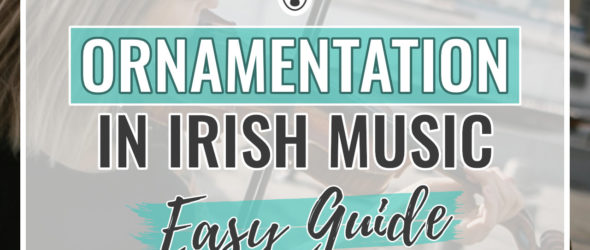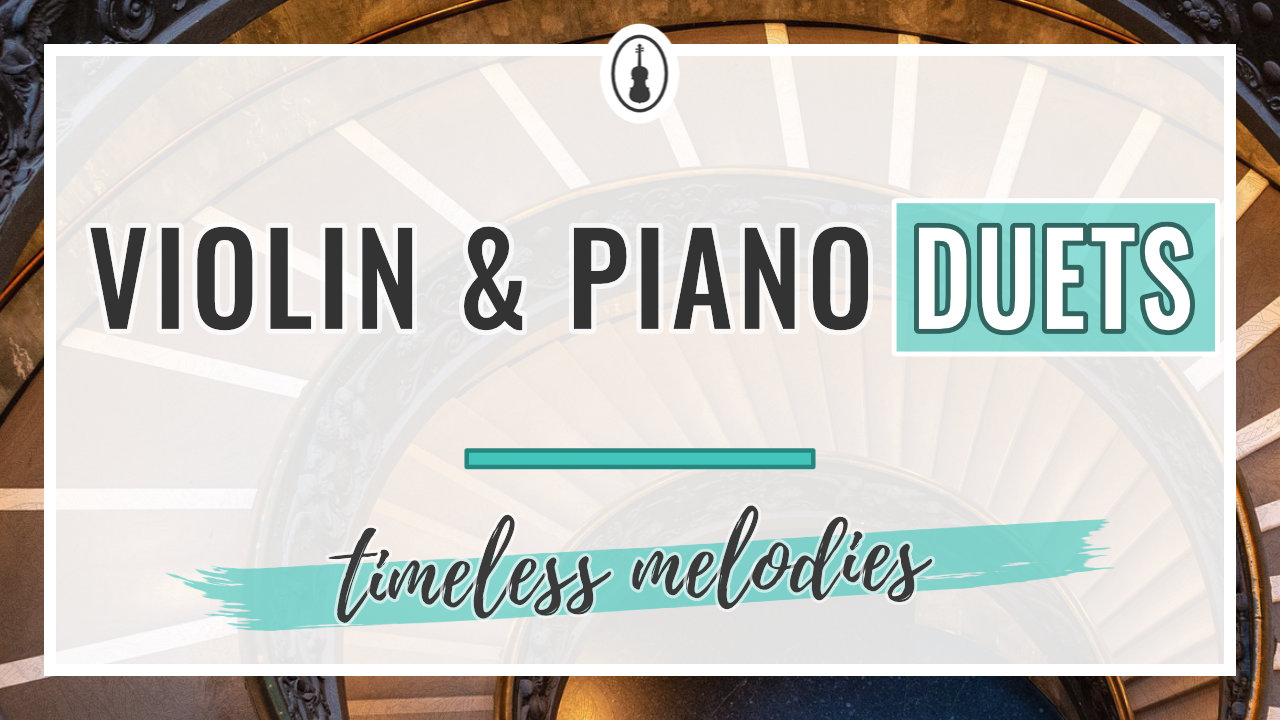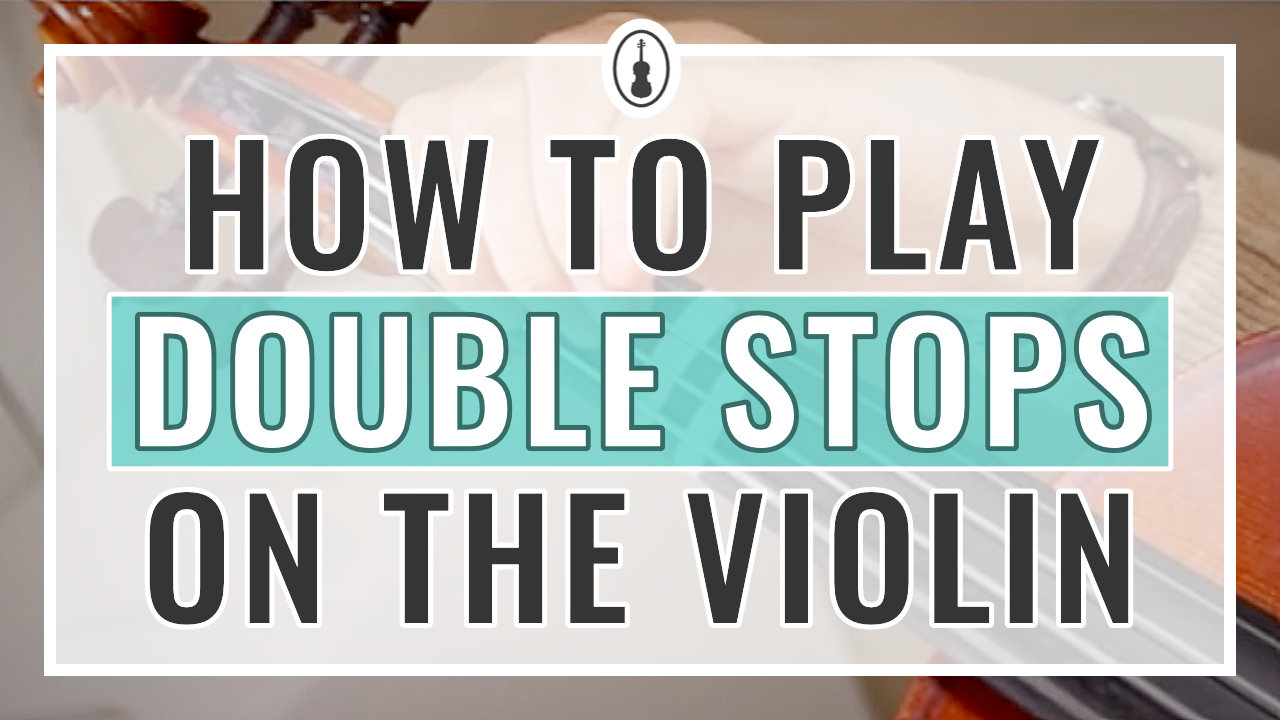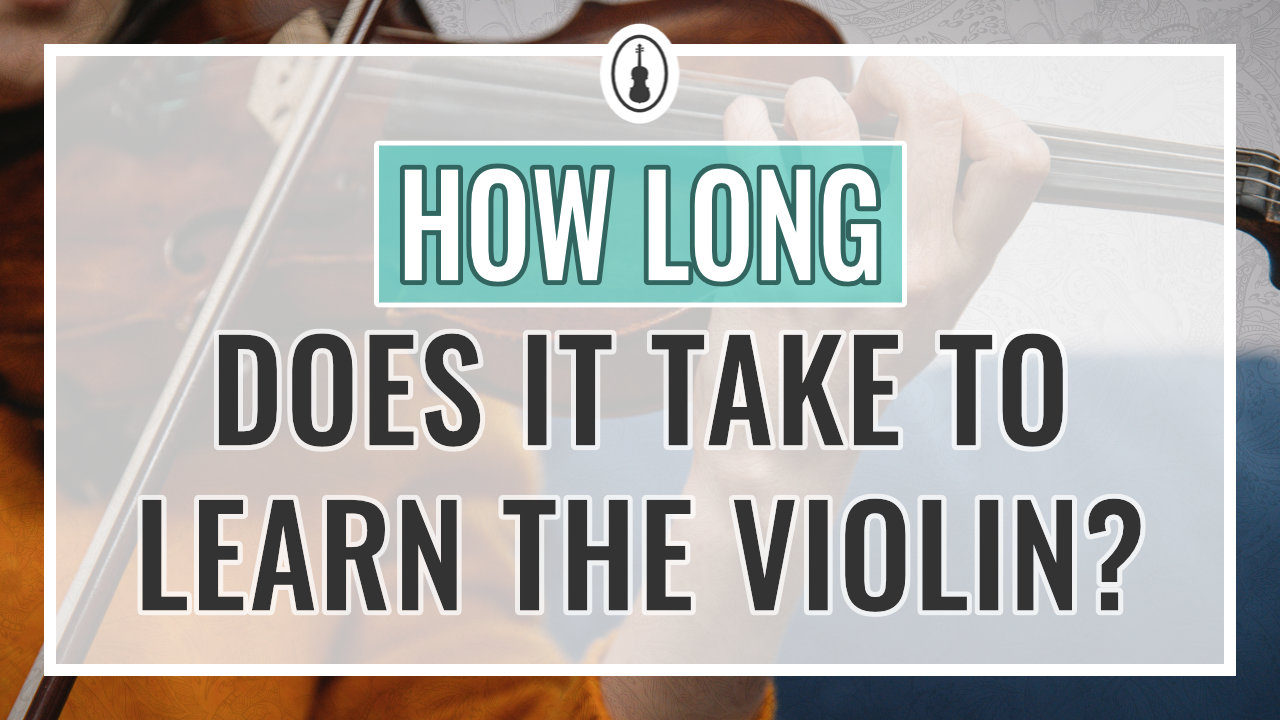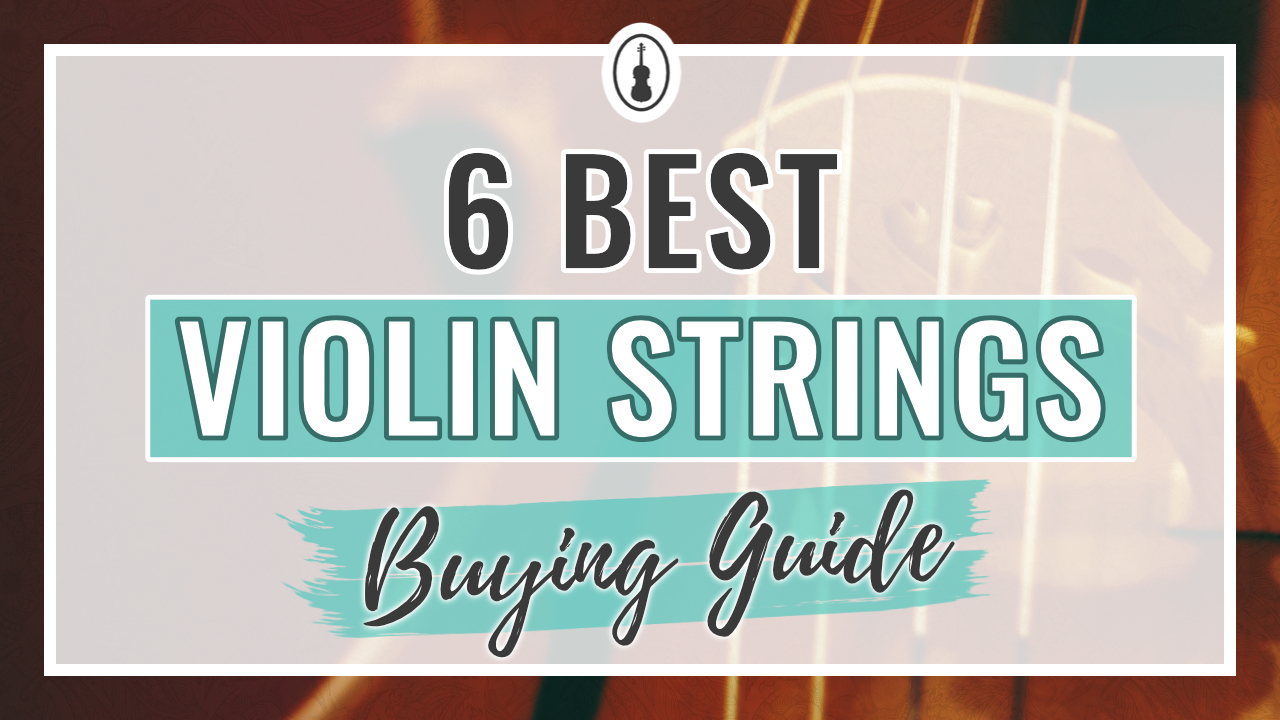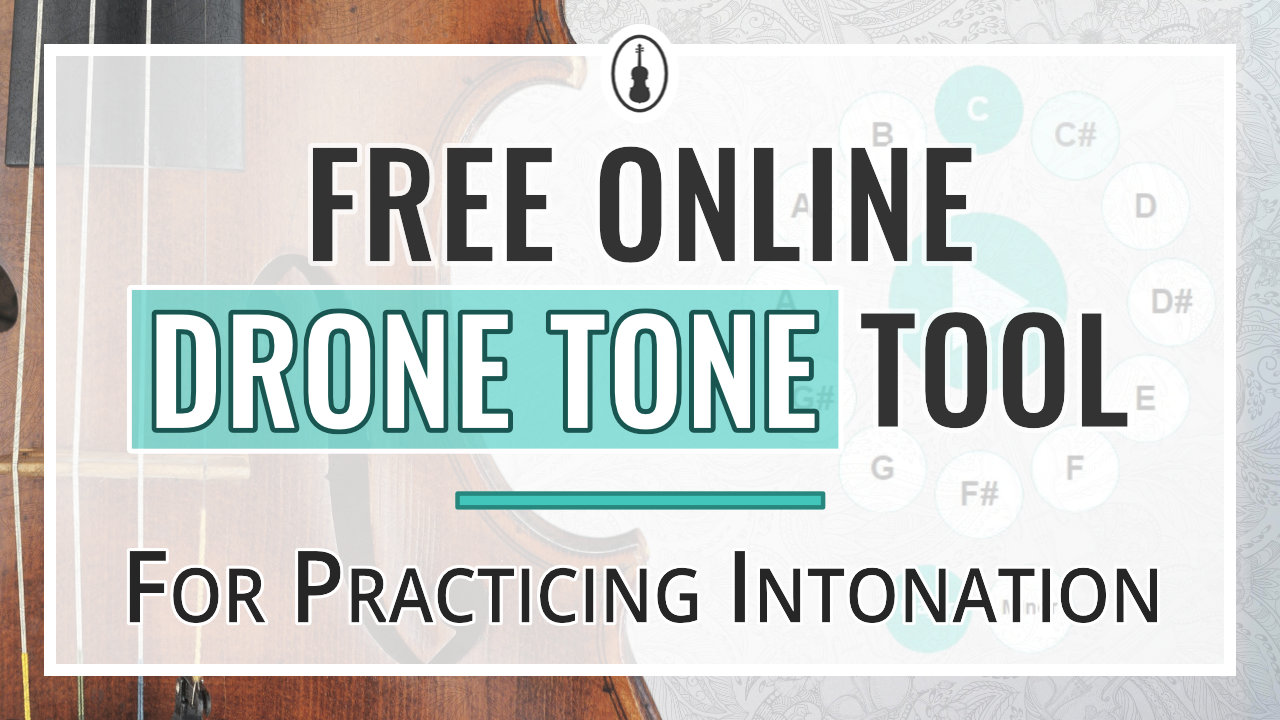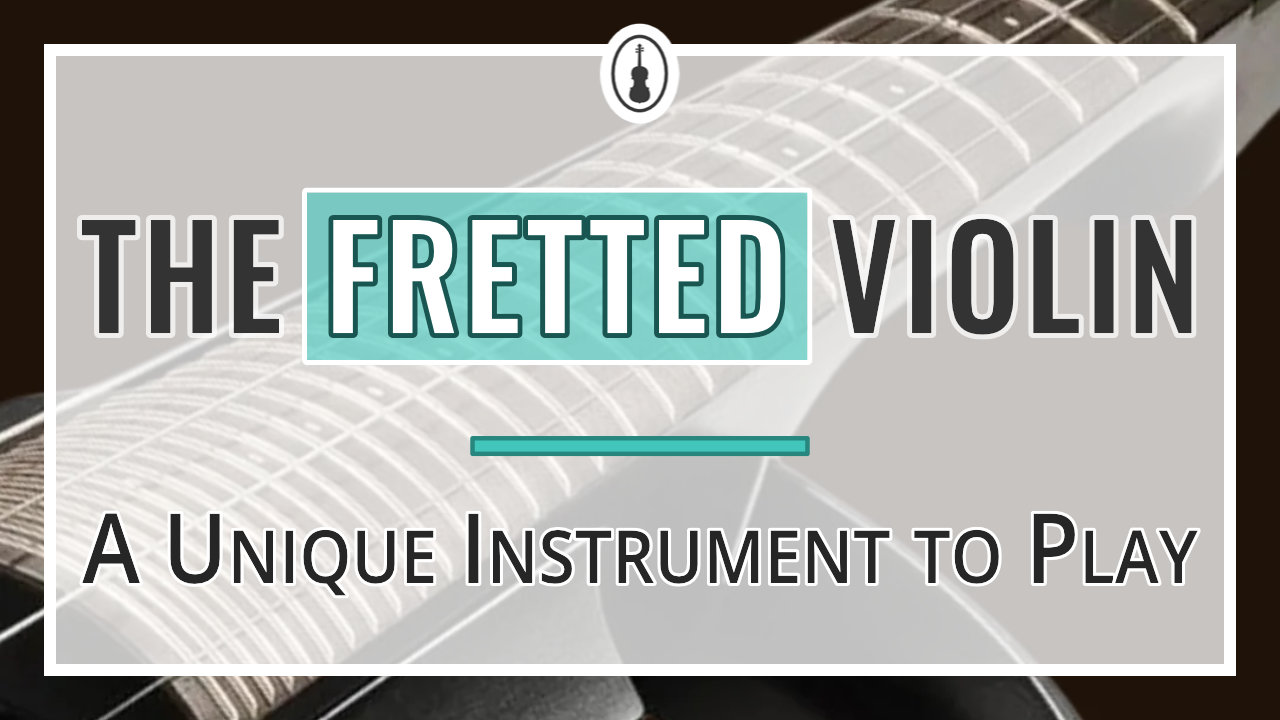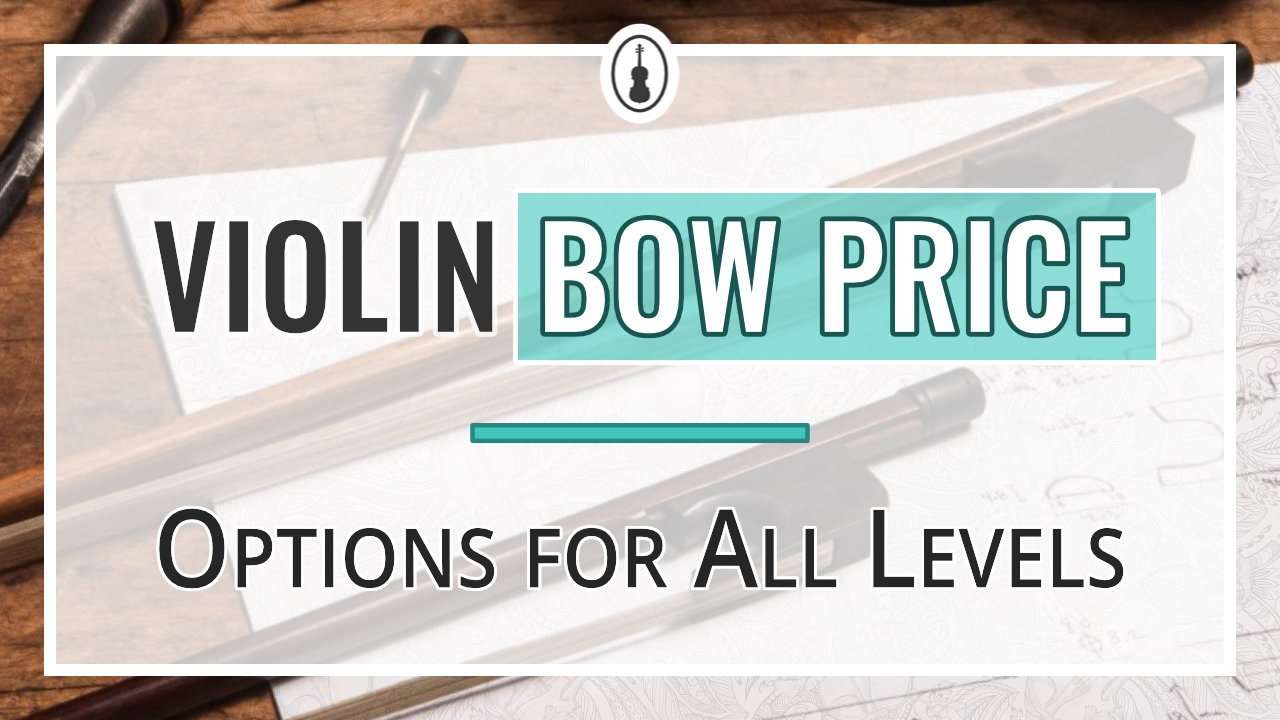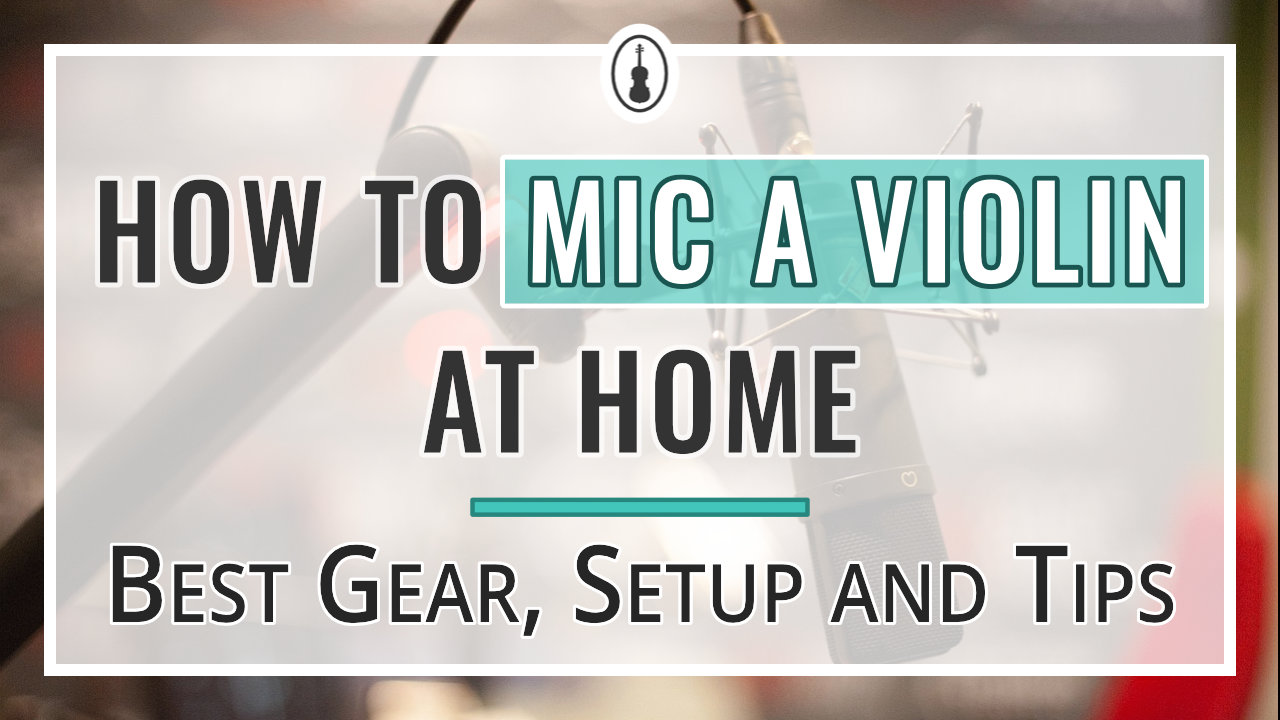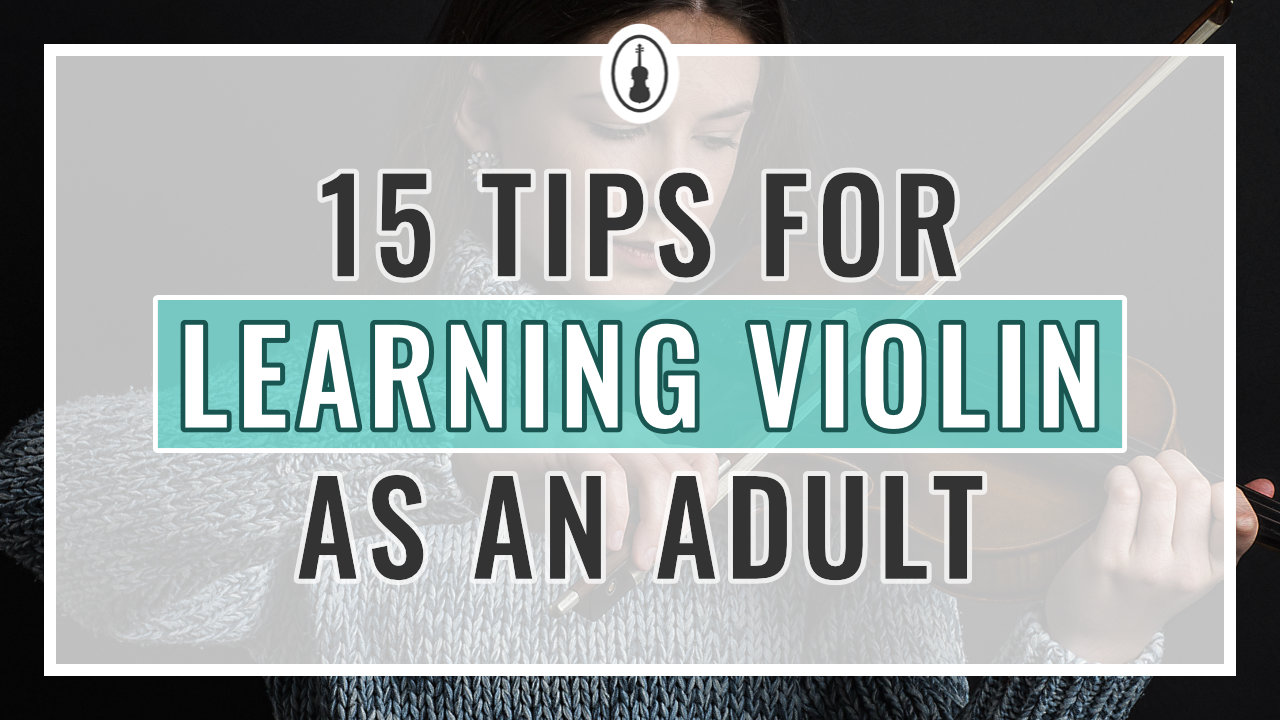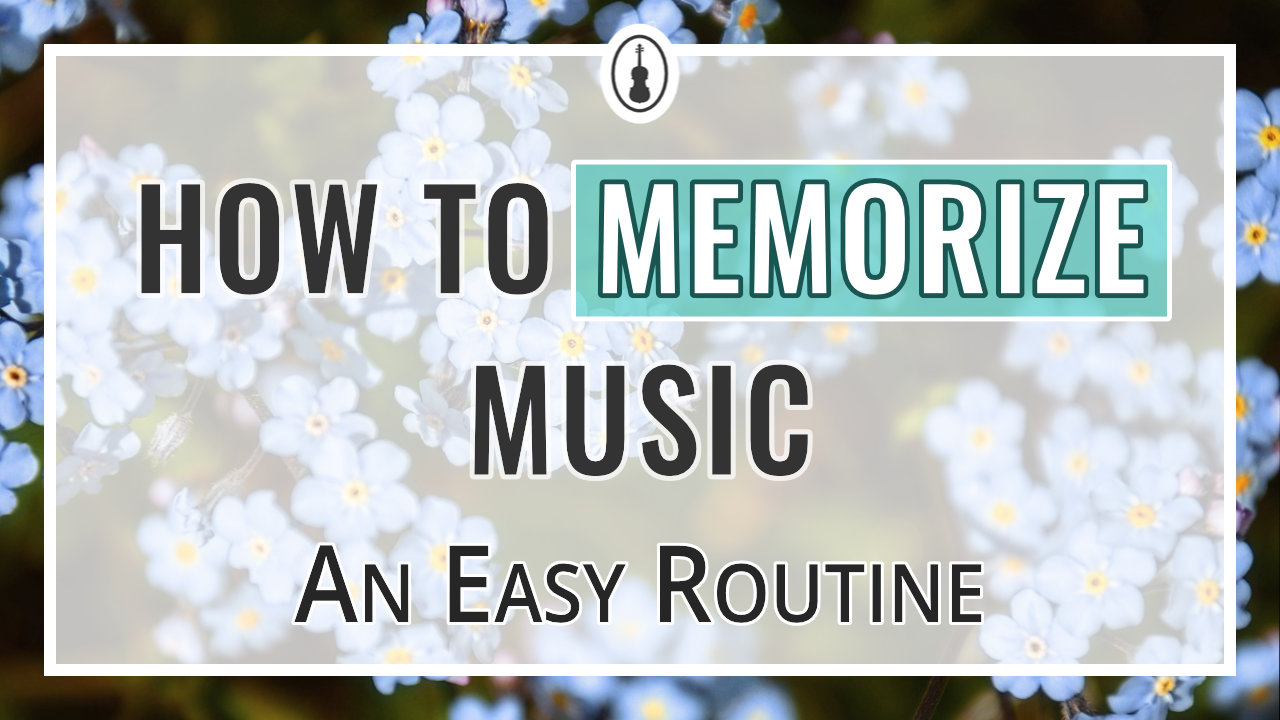Would you like to learn about ornamentation in Irish music? Read on to learn all the Irish ornaments!
Ornamentation, although optional, is the thing that makes even a simple traditional tune sound lively and delightful. It also allows the player to do a micro improvisation. At the same time, it requires constant creativity from the musician.
Some of the ornaments are echoes of the past, as the fiddle, also known as the violin, imitates the Uilleann pipes, bagpipes, or Shepherd’s flute.
If you’re ready to add your expression to Irish tunes, check below what are the Irish ornaments and how to play them on your violin!
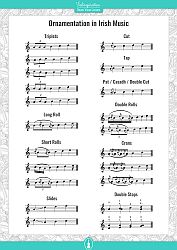
Ornamentation in Irish Music
Free PDF Chart
What is Ornamentation in Irish Music?
Ornamentation in Irish music refers to a decoration or embellishment of a tune by adding a modification. Musicians make a piece sound more impressive and pleasing by adding extra notes and/or changing the rhythm. Usually, the ornaments are not written in the sheet music but added during the performance. When repeating a tune, the performer may choose to change the ornamentation they use.
Some of the ornaments were instrument-specific and later adopted by other instruments, including the fiddle.
Irish Fiddle Ornamentation
Let’s have a look at the fiddle ornaments used in Irish tunes.
Triplet
A triplet in music is when we divide one beat (one-quarter note) into three notes.
In classical music, each note in a triplet takes 1/3 time needed to play the quarter note. In other words, you play notes in the triplet three times as fast as a one-quarter note.
In Irish traditional music, it is not uncommon to break this rule and play the first two notes even faster and make the third one a bit longer while still keeping the timing of the tune. Moreover, there is another variation: Add one extra note between two principle notes (quarter notes), and play all during the time of the two keynotes. In this case, each note in the triplet takes 2/3 time of one beat.
Next to that, notes in the triplet can be played with the same pitch or may alter.
A Single-Note Triplet
One way to add a triplet to an Irish tune is to repeat the same note. For example, you can replace the first note in a bar with a triplet like in this example:
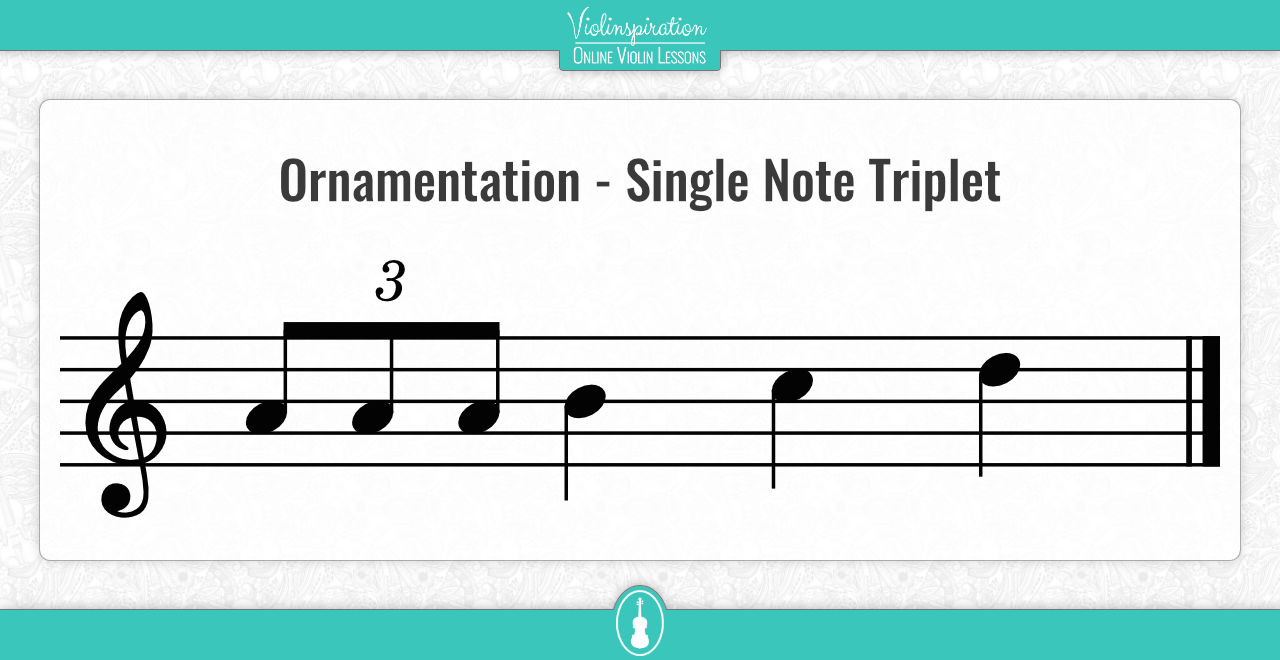
Usually, players choose to switch the longer notes to single-note triplets.
Triplets with Altering Pitch
Another way to use a triplet as an ornament is to play three consecutive notes that go up or down.
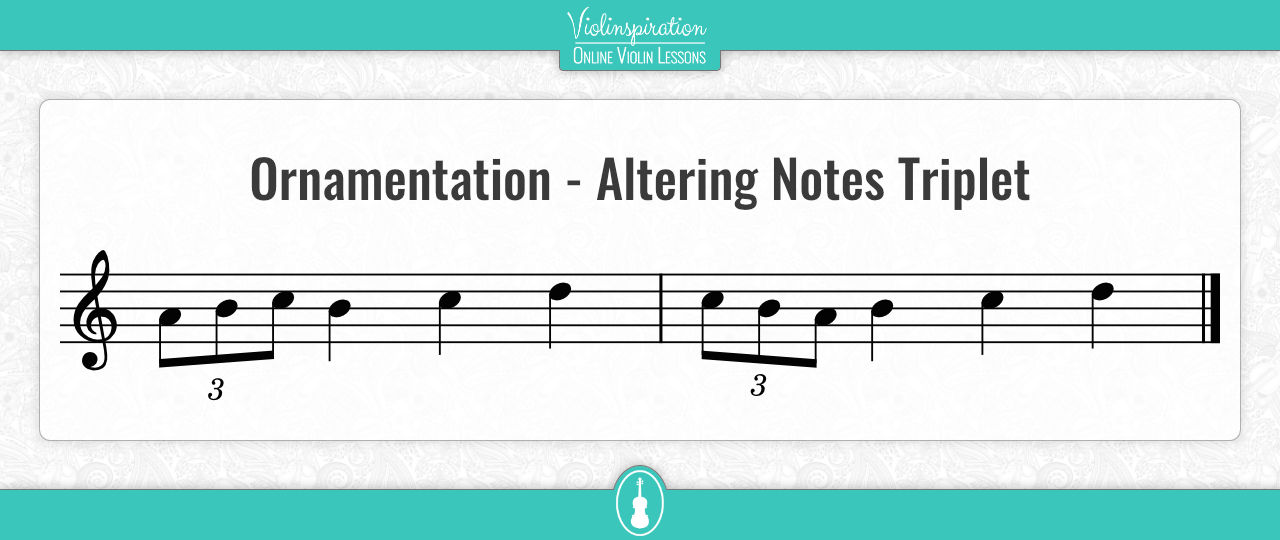
If it fits the tune, you can also make the three notes fall and rise, or first rise and then fall.
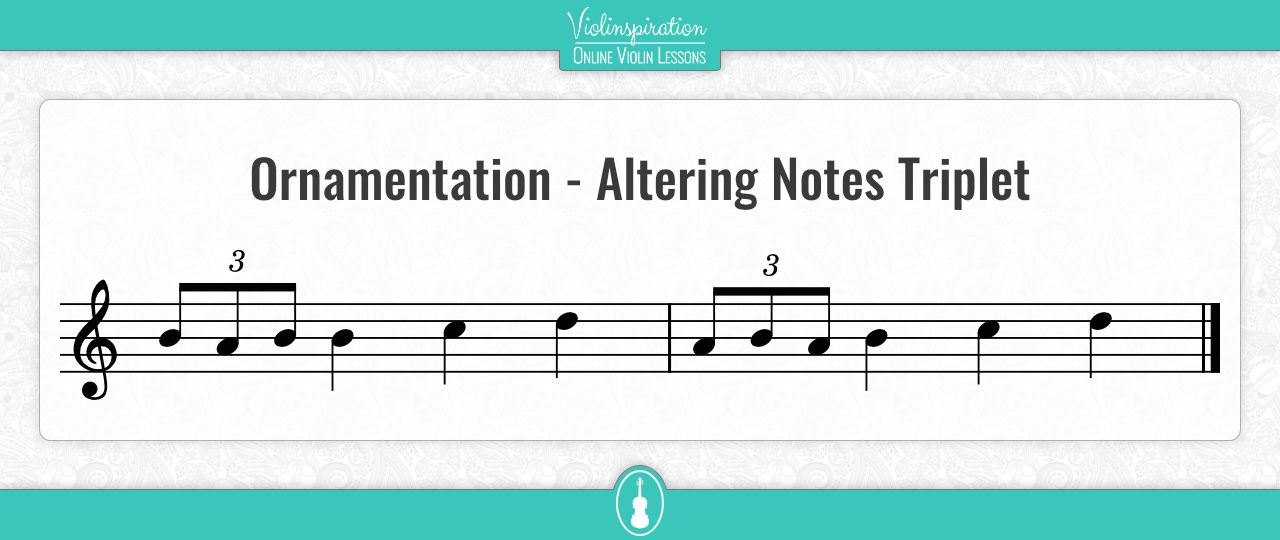
Cut
A cut is an Irish ornament that serves to emphasize the melody note. We can write it in sheet music as a grace note before the main note. It is always higher in pitch. Usually, it is a half step or whole step (semitone or whole tone) above the principle note. Some players add it higher above the main note. For example, using the third finger before an open string or stopping the note with the first finger.
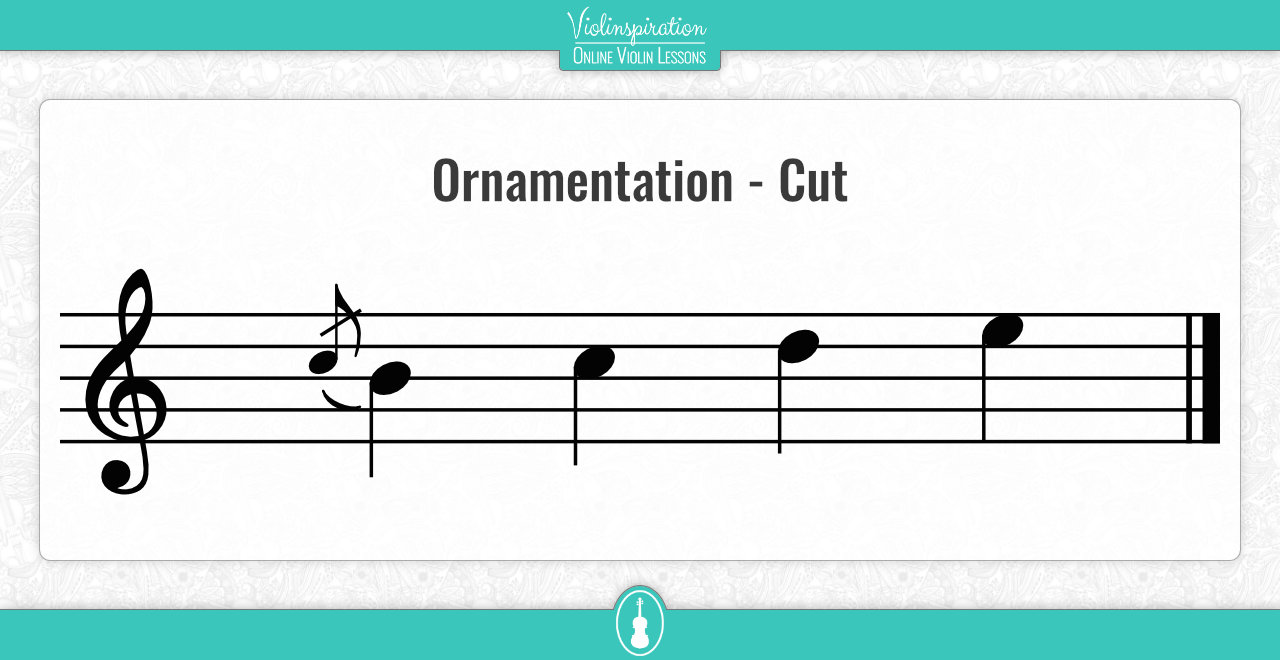
When listening to Irish tunes, you may often find a cut added between two notes of the same pitch.
Tap
A tap in Irish tunes means to add a grace note below the melody note. An alternative name for a tap is a strike.
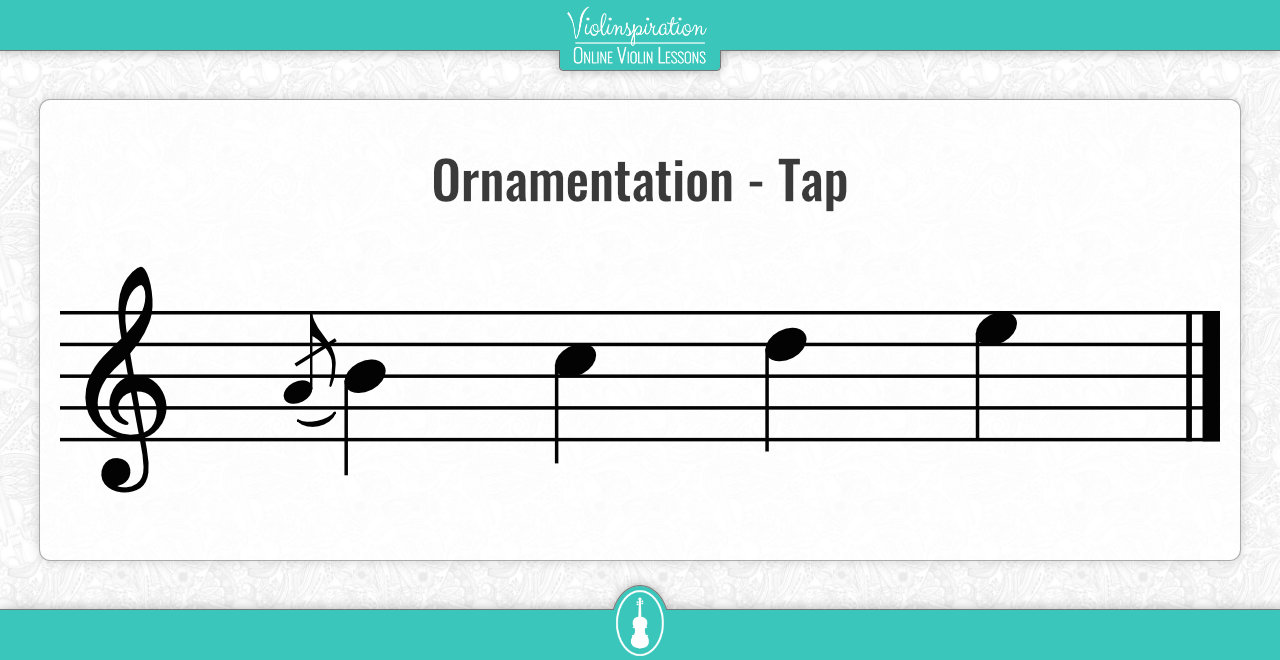
Similar to the cut, it is usually a whole tone or semitone from the principle note, hammering it very fast.
The additional note in cut or tap should not take the time of the following note, so you play it very quickly. If it sounds a bit percussive as opposed to the nicely connected triplets, that’s even better.
When playing them, make sure to play both notes on the same bow stroke.
Pat, Casadh, Double Cut
Pat or casadh, also called a double cut, is when you add two grace notes above the melody note. Here the rule is that you start from the same note as the melody note, add one note above, and play the melody note afterward. The first two notes should be quick, and the main note should have a full length.
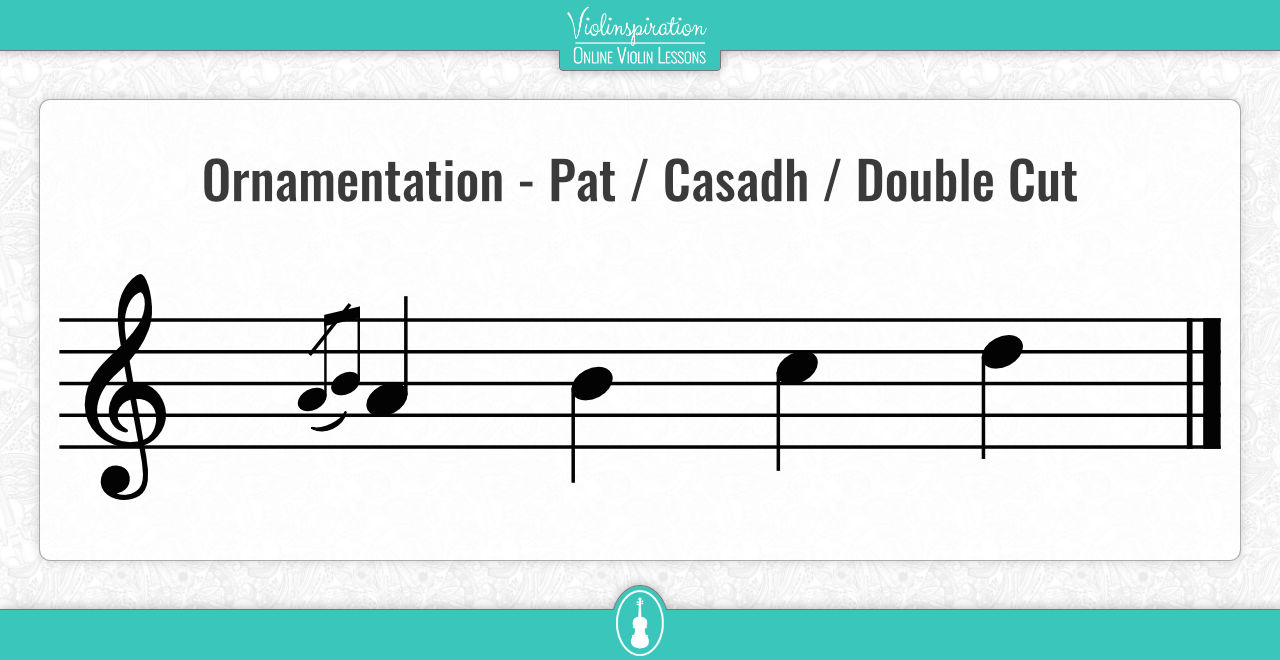
In classical music, it would be called an upper mordent.
Rolls in the Irish Folk Ornamentation
Let’s have a look at all possible rolls in traditional Irish music. A quick tip: you should play the whole roll on one bow stroke, so plan the bow changes and make sure you have enough bow to do the roll before you reach the tip or frog.
Long Roll or the Roll
A long roll consists of five notes: three times the principal note, one cut, and one tap. Long rolls always have the duration of a dotted quarter note (dotted crotchet).
If you’d like to add a long roll to your favorite Irish tune, start by playing the melody note but reduce its length to just an eighth note. Next, add a short note above (the cut) and play once again the melody note with a duration of an eighth note. Now, play one note below (the tap) plus the last eighth note.
We can write it on the sheet music as shown in the picture below:
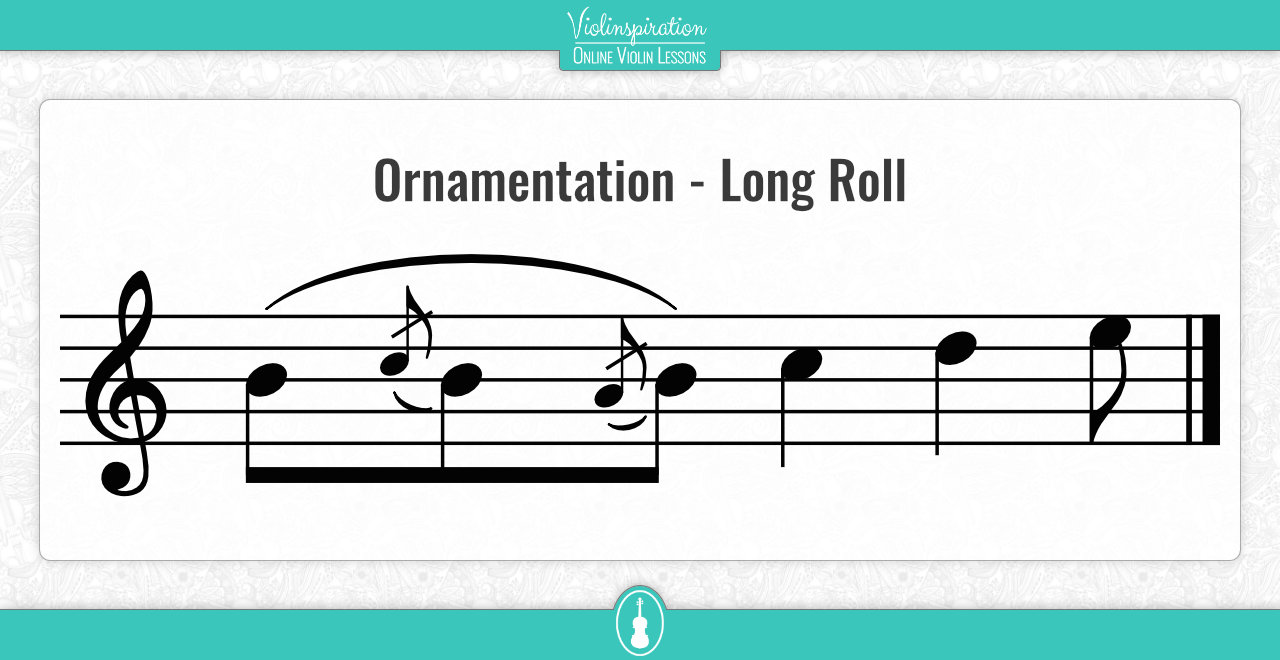
Short Roll or Half Roll
Most often, a short roll has a duration of a quarter note (crotchet) and consists of a cut, keynote, tap, and one more keynote. It is equivalent to a turn in classical music.
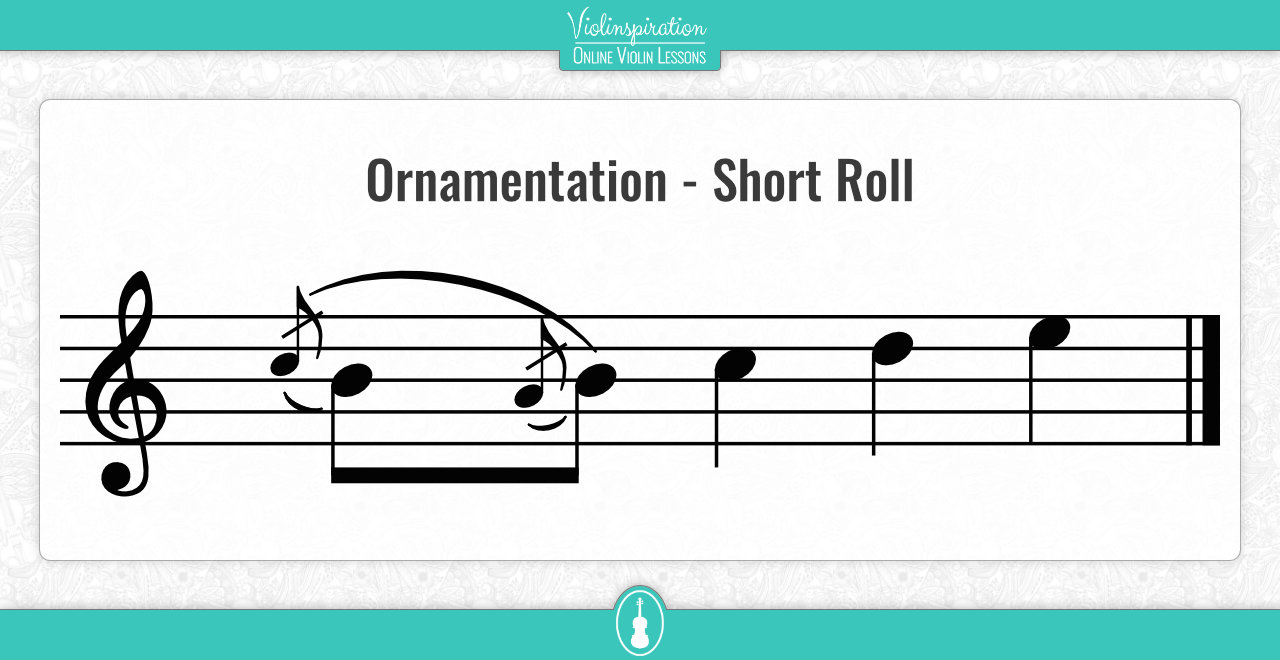
Since Irish music isn’t strict in its form, you may find also slightly different versions of short rolls. As you can see in the picture below, the main change is in the duration of the notes.
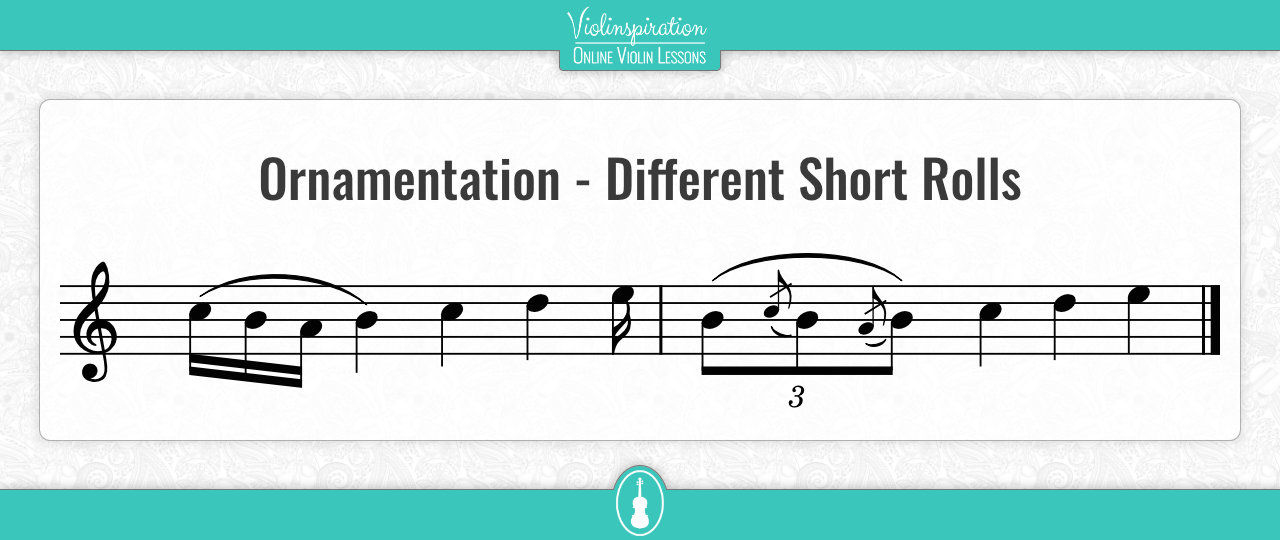
Double Rolls
In traditional Irish music, we can also find double rolls!
A roll, long or short, becomes double when we add one more cut before the tap. In this case, the second cut will have a higher pitch than the first one.
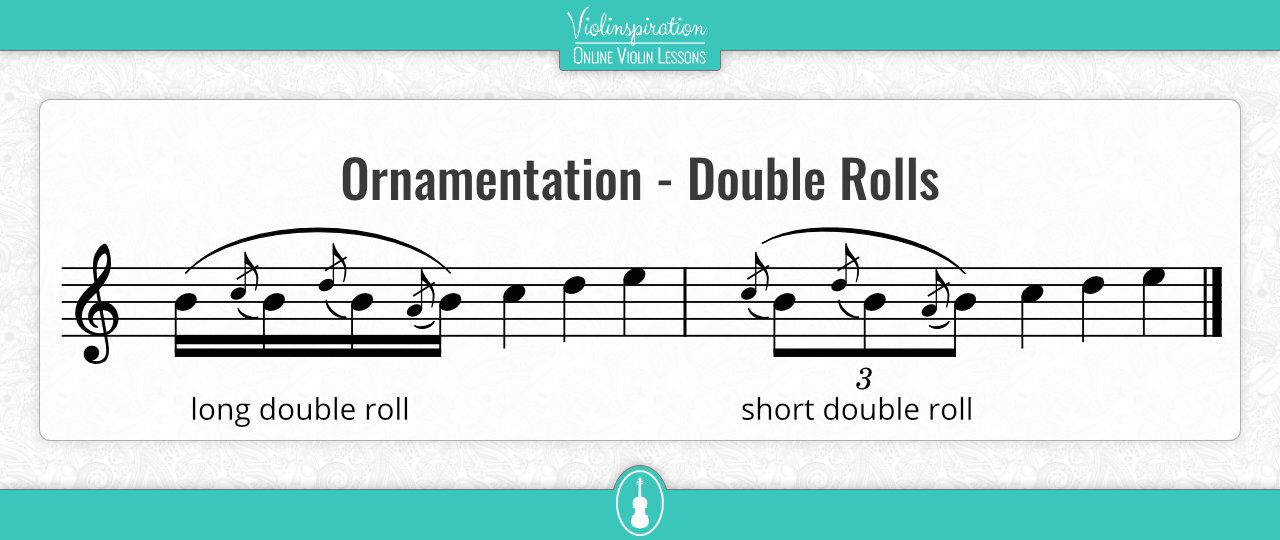
You play all the upper and lower grace notes so quickly that you can hardly hear them. Think of it as a flick of the fingers.
Cran
A cran requires the player to add from 2 to 4 cuts. It is common to use when there is no possibility to play a lower note than the ornamented one, so there are no taps.
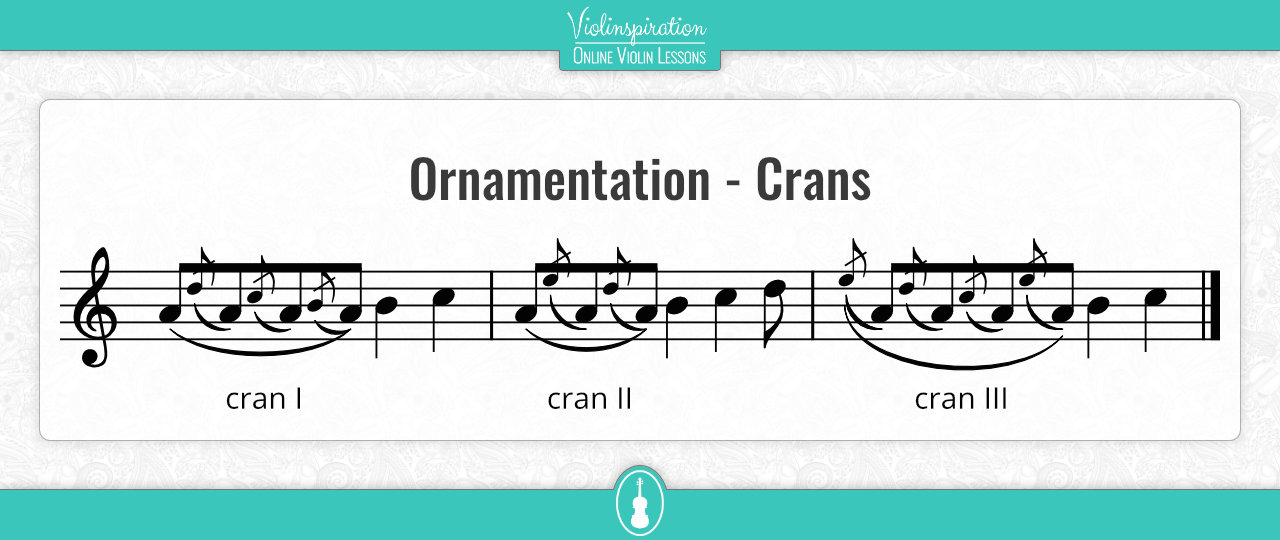
This ornament is very characteristic of Uileann pipes, flute, and whistle. Other instruments use it as well, including the fiddle. Though, fiddlers don’t use crans often. Playing a cran on fiddle is usually used to ornament an open string note.
Slides in Irish Fiddle Music
A slide is a short glissando before the melody note. Whistlers often use slides, because they don’t have as many ways of intensifying a note as fiddle players.
You may hear slides on airs – a slow, meditative type of Irish traditional music.
Upward slide
To perform an upward slide, start by playing a half-tone lower than the desired note and gently slide up towards the melody note.
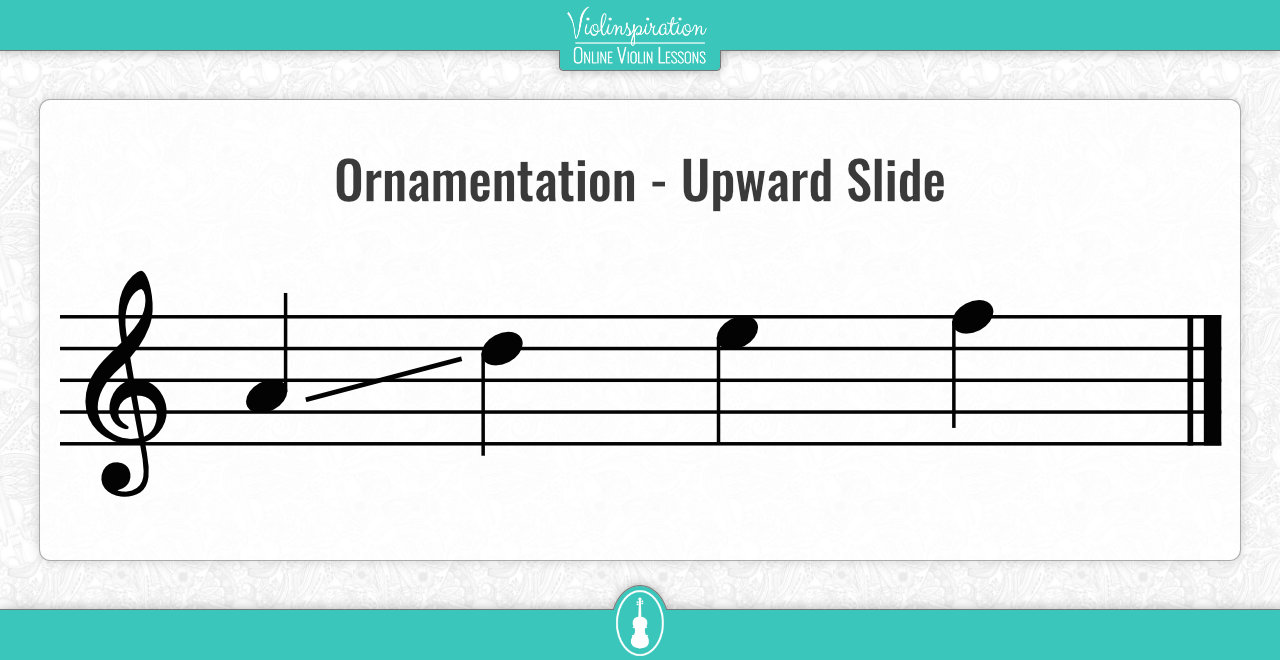
Downward slide
A downward slide starts with a note that is a half step or a whole step above the main note. While bowing, slide your finger down and finish by playing the main note.
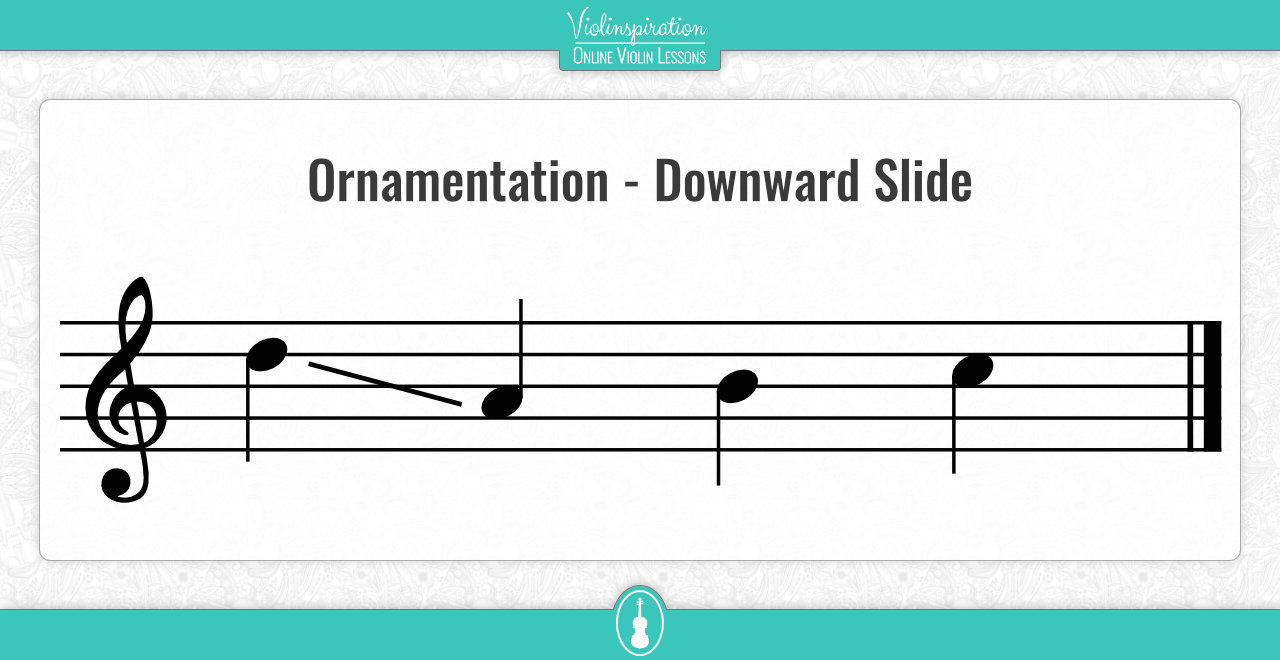
Downward slides are not considered a part of traditional Irish ornamentation but rather a modern way of emphasizing a note introduced by fiddlers. Although, the technique is the same as in the case of an upward slide.
Double Stopping
Playing double stops in Irish music has the role of imitating pipes. You may choose to add the double stop to one note. An example is to play an open string and the fourth finger on the string below, or choose a few bars and play them together with an open string.
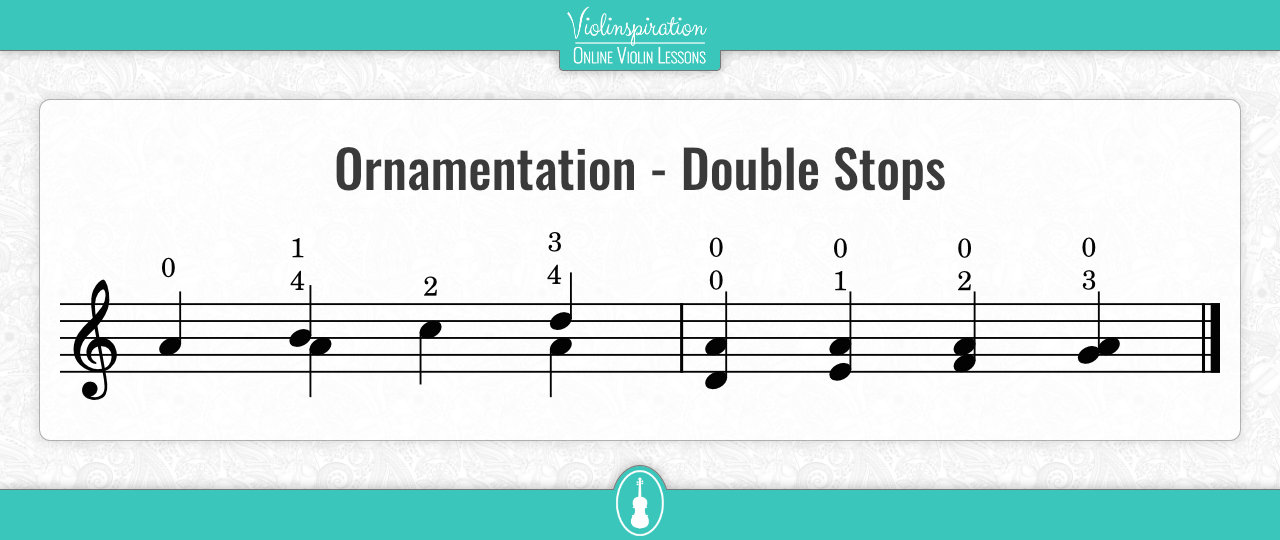
If you want to add some double stops to your favorite Irish tune, add them to the even beats (2nd, 4th).
FAQ
What makes Irish music unique?
The constant reshaping of the tune done by the performer makes Irish music unique. In other genres, it is common practice to play the music as written by the composer. In traditional Irish music, it is common to change the tempo, adding and changing ornaments with each repetition of the tune.
What are the characteristics of Irish music?
Irish music has a simple structure, is often learned by ear, and is played very fast. Slower pieces called airs are less common. This type of music allows for personal expression. Therefore one tune can differ when played by different musicians.
Moreover, frequent use of specific ornaments or lack of them is a sign of a regional style, which can significantly differ between two adjacent regions.
Irish folk players use vibrato very sparingly, so don’t worry if you didn’t learn it yet.
What is the turn in Irish music?
Turn in Irish music is called a short roll. It consists of four notes, the first is above the main note, and the third is below it. A Roll sounds more rattling, while a turn should be more melodic.
Final Note
Irish ornamentation requires learning to play many grace notes very quickly. A first step to applying them in your playing is to choose one note at a time to which you will add a grace note. Slow practice and experimentation will also help you in the process.
Add ornamentation to a tune when you’re familiar with all the notes. If you are ready to add some cuts and taps, don’t be afraid to make them sound percussive – it will make the tune sound even more Irish.
Lastly, remember to keep a steady rhythm.
After all, ornamentation is about improvisation, giving you the freedom to choose which ornament to use, where to add it, and how to execute it. You may add your style and make the same tune sound different with each repetition. Exciting isn’t it!

Ornamentation in Irish Music
Free PDF Chart
